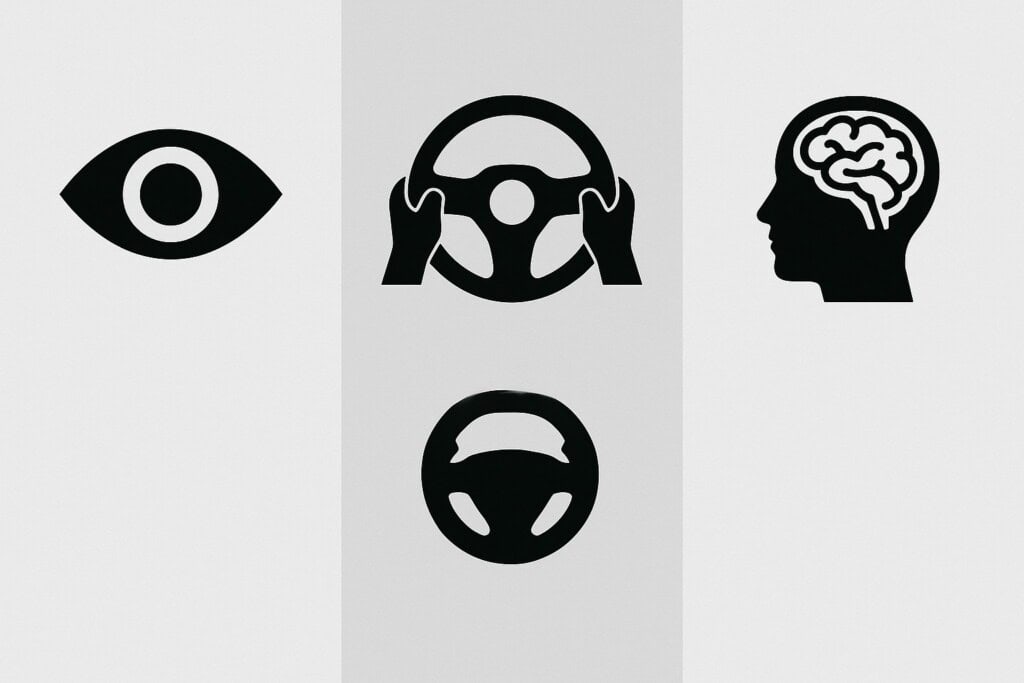Distracted driving poses a serious threat on the road. Every moment your attention drifts, you risk a Distracted Driving Accident. Three main categories of distractions exist: visual, manual, and cognitive. Visual distractions occur when your eyes wander from the road. Checking your phone or looking at a billboard are common examples. Manual distractions involve removing your hands from the wheel. Eating, adjusting the radio, or reaching for something are typical scenarios. Cognitive distractions happen when your mind is elsewhere. Stress, conversations, or daydreaming can divert your focus. Each distraction type has its own dangers, but all share the potential for harm. Recognizing these categories helps you stay aware. Taking control over these distractions keeps you safe. You can prevent accidents by maintaining full focus while driving. Understanding these categories empowers you to make better choices. Stay alert and keep your attention where it belongs: on the road.
Understanding Visual Distractions
Visual distractions are the most common. They occur when you take your eyes off the road. Imagine driving and a new text message appears. As you glance at the screen, your eyes leave the road. Even a quick glance can cause an accident. According to the National Highway Traffic Safety Administration (NHTSA), looking away for five seconds at 55 mph means traveling the length of a football field blindfolded. Keeping your eyes on the road is imperative.
Exploring Manual Distractions
Manual distractions involve taking your hands off the wheel. Common activities include eating, drinking, or changing the radio station. Each action distracts you from steering properly. Removing even one hand can impact control, especially in unexpected situations. The key is to avoid multitasking. Focus on driving and let other activities wait until you are parked safely.
Cognitive Distractions Uncovered
Cognitive distractions happen when your mind drifts from driving. You might be overwhelmed with stress or lost in thought. These distractions are less obvious but equally dangerous. Engaging in deep conversations or even listening to complex audio content can affect focus. Concentration is crucial for making quick decisions on the road. Staying mentally present prevents accidents and saves lives.
Comparison of Distraction Types
| Type of Distraction | Example | Impact |
| Visual | Looking at a GPS | Eyes off the road |
| Manual | Eating a sandwich | Hands off the wheel |
| Cognitive | Thinking about work | Minds off driving |
Prevention Strategies
Preventing distractions begins with awareness. You can take several steps to keep focus:
- Turn off your phone or use a driving mode app.
- Set your GPS before starting your trip.
- Finish meals and drinks before driving.
- Keep conversations light and avoid heavy topics.
These actions reduce the risk of distractions. Prioritizing safety ensures everyone gets home safely.
Conclusion
Staying informed about the types of distractions can save lives. Visual, manual, and cognitive distractions each pose unique risks. By understanding and mitigating these, you protect yourself and others. The Centers for Disease Control and Prevention (CDC) offer more guidance on safe driving practices. Put these insights into practice and make the roads safer for all. Drive with intention, and keep your focus steady.


